The animal kingdom is filled with fascinating anomalies and rare biological phenomena that challenge our understanding of nature. Among these extraordinary occurrences is the case of snakes born with two hearts – a condition that, while extremely rare, offers valuable insights into developmental biology and evolutionary adaptations. Unlike the fictional portrayal of multi-hearted creatures as super-powered beings, snakes born with two hearts face severe developmental challenges that typically prevent them from surviving beyond their earliest stages of life. This article explores the science behind this unusual condition, examining why it occurs, what it tells us about reptilian development, and why these remarkable specimens rarely survive in the wild or captivity.
Understanding Normal Snake Cardiovascular Anatomy
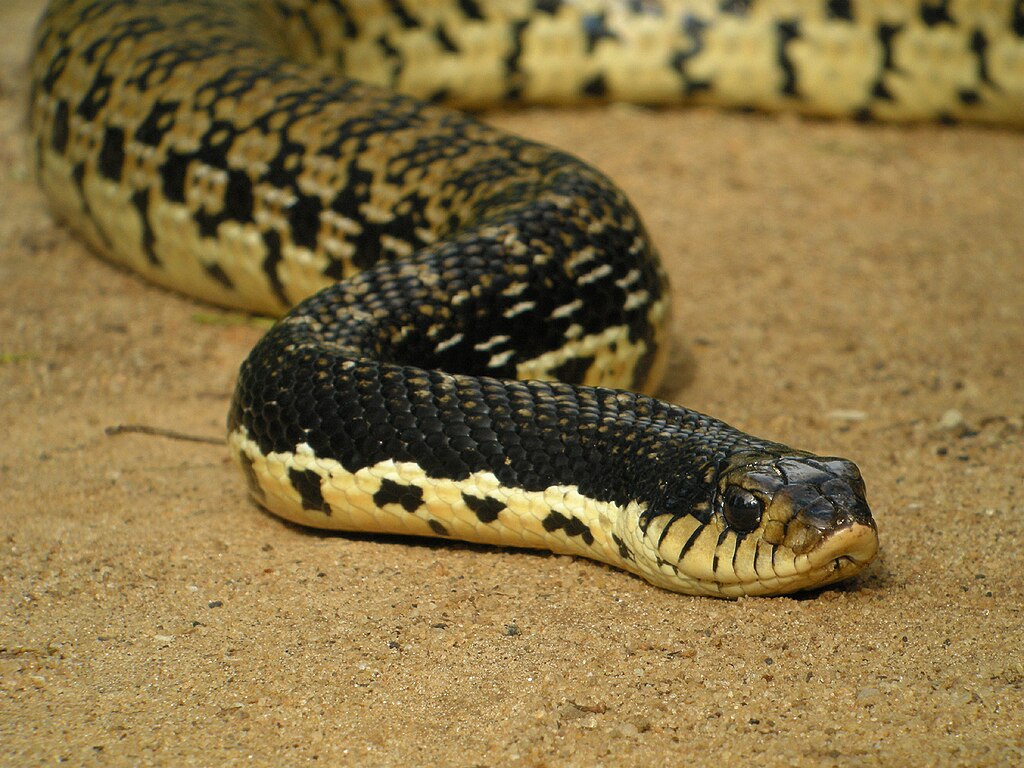
Healthy snakes possess a unique three-chambered heart that differs significantly from the four-chambered hearts found in mammals and birds. This three-chambered system consists of two atria and one partially divided ventricle, allowing for some mixing of oxygenated and deoxygenated blood – a design that perfectly suits their metabolic needs. The snake’s elongated body has driven evolutionary adaptations in their cardiovascular system, with the heart positioned relatively far forward in the body to efficiently pump blood throughout their length. This specialized system has evolved over millions of years to support the snake’s lifestyle, enabling them to regulate their metabolism during periods of inactivity and intense activity alike. The single heart of a snake is remarkably efficient, with special adaptations that allow them to survive lengthy periods between meals and support bursts of predatory activity.
The Rare Phenomenon of Two-Hearted Snakes
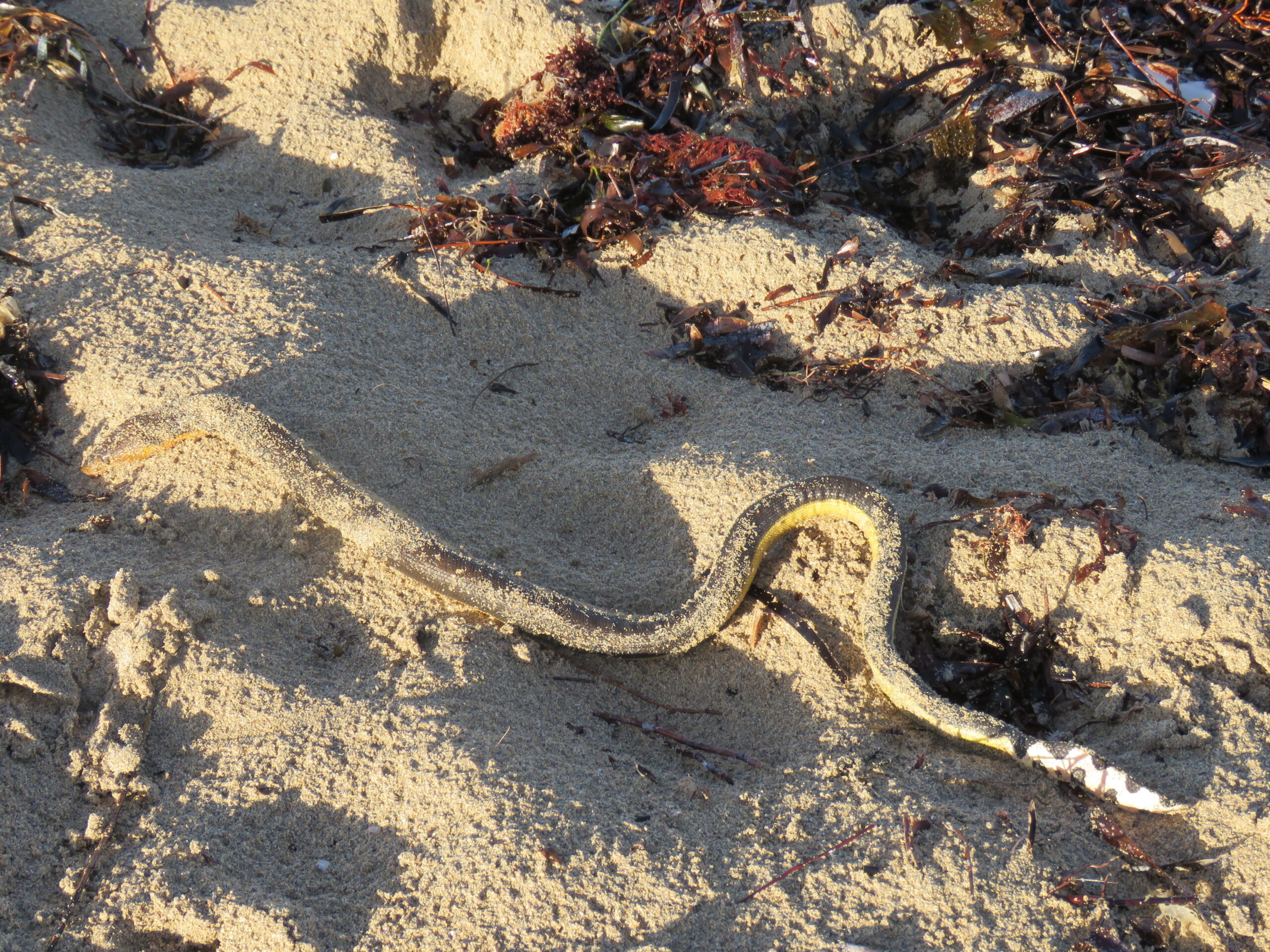
A snake born with two hearts represents a developmental anomaly rather than a beneficial mutation or evolutionary advantage. This condition typically arises from errors during early embryonic development, when key structures and organs are forming. Unlike the deliberate redundancies found in some other creatures, such as the multiple hearts of earthworms or cephalopods, dual hearts in snakes result from developmental mishaps rather than evolutionary design. The occurrence is exceedingly rare, with only a handful of documented cases in scientific literature throughout history. When discovered, these specimens become valuable subjects for study, helping researchers understand developmental processes and how cardiovascular systems form in vertebrates more generally.
Embryonic Development Gone Awry
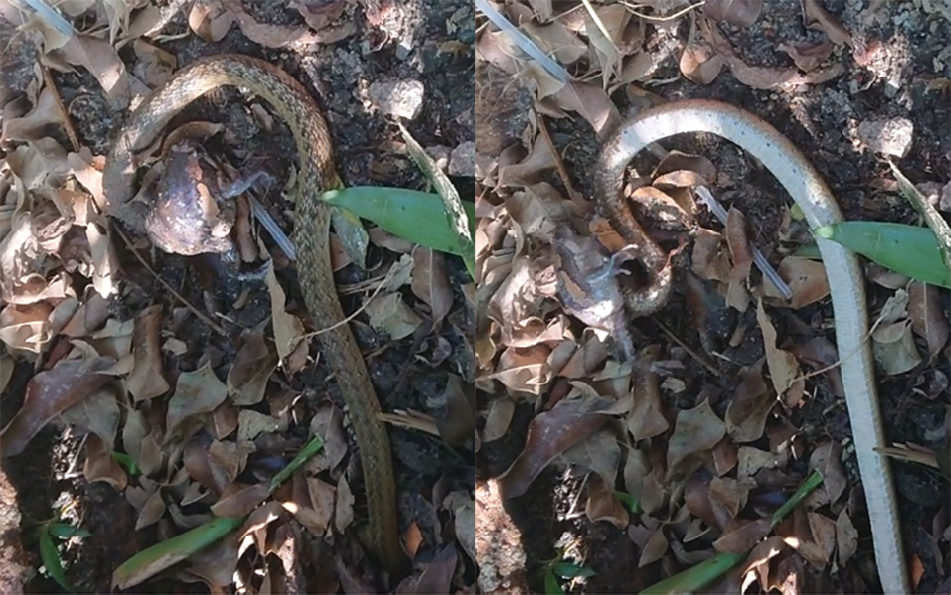
The formation of two hearts in a snake embryo stems from errors in the complex process of embryonic development. In normal development, a single cardiac tube forms early in the embryonic stage, eventually developing into a fully functioning heart with its chambers and vessels. However, in rare instances, this cardiac tube may split or duplicate, resulting in two separate developing heart structures. This error typically occurs during the earliest stages of development when cells are rapidly dividing and differentiating. Factors influencing this unusual development may include genetic mutations, environmental toxins, temperature fluctuations during incubation, or other stressors that interfere with normal developmental pathways. Unlike some developmental anomalies that may be corrected or compensated for as the embryo matures, the formation of dual hearts represents a fundamental structural issue that typically leads to more complications as development progresses.
The Science of Developmental Abnormalities
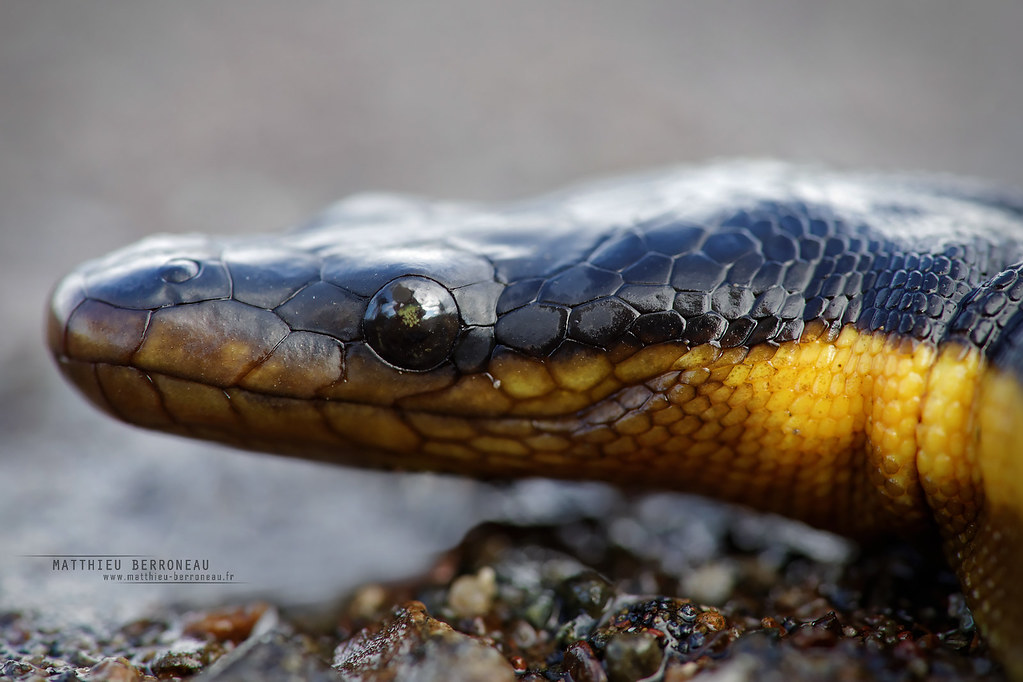
Developmental abnormalities like dual hearts fall within the field of teratology, the study of physiological development gone awry. The formation of two hearts in snakes represents a form of polycardia, which is distinct from cardia bifida, where a single heart develops with two separate heart chambers. These conditions emerge from disturbances in the complex genetic and molecular signals that orchestrate embryonic development, particularly during the critical periods of organogenesis. Research in developmental biology has shown that even small disruptions in timing or signaling pathways can lead to significant structural anomalies. In the case of dual-hearted snakes, the initial error in heart development often cascades into other developmental issues, affecting blood vessel formation, circulation patterns, and ultimately the viability of the organism as a whole.
Why Two Hearts Are Not Better Than One
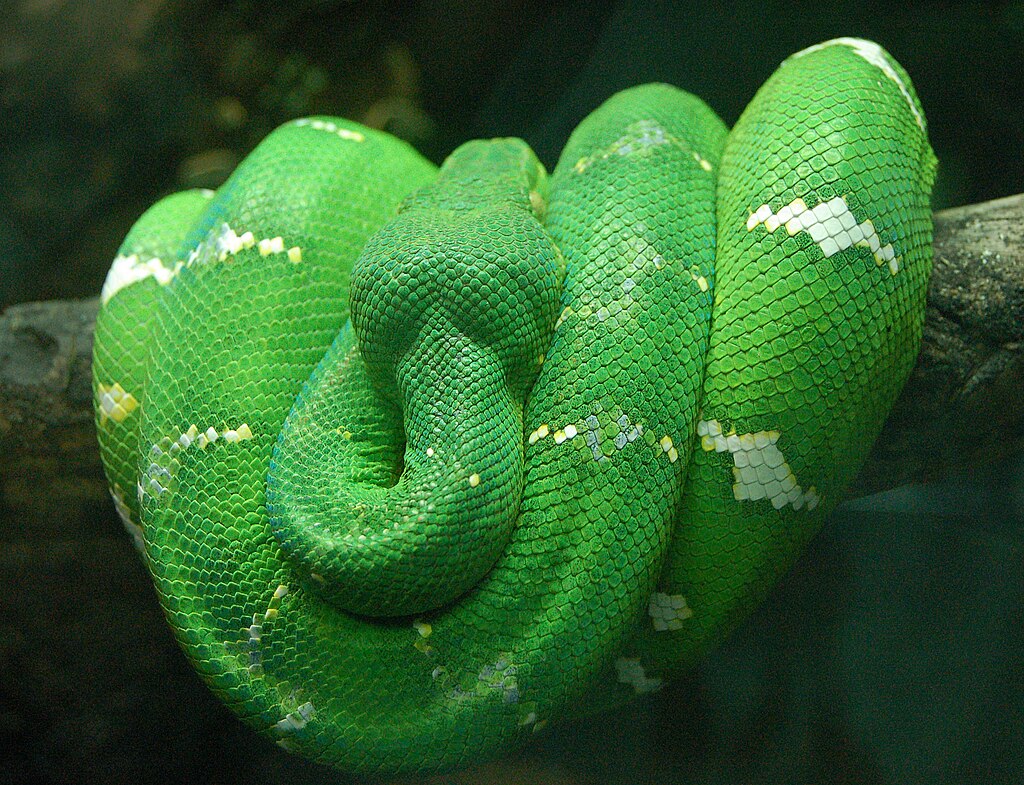
Contrary to what might seem intuitive, possessing two hearts does not provide snakes with any survival advantage – quite the opposite. The presence of dual hearts creates serious circulatory complications, as the two organs often compete rather than cooperate in blood distribution. This competition can lead to irregular blood pressure, inefficient circulation, and inadequate oxygenation of tissues throughout the body. The snake’s vascular system is designed to work with a single heart, and the presence of a second heart disrupts this finely-tuned system, creating areas of high and low pressure that impede normal blood flow. Additionally, the energy requirements to maintain two functioning hearts place excessive metabolic demands on the young snake, draining resources needed for other crucial developmental processes. The resulting physiological strain ultimately proves fatal in nearly all documented cases.
Cardiovascular Complications and Survival Challenges
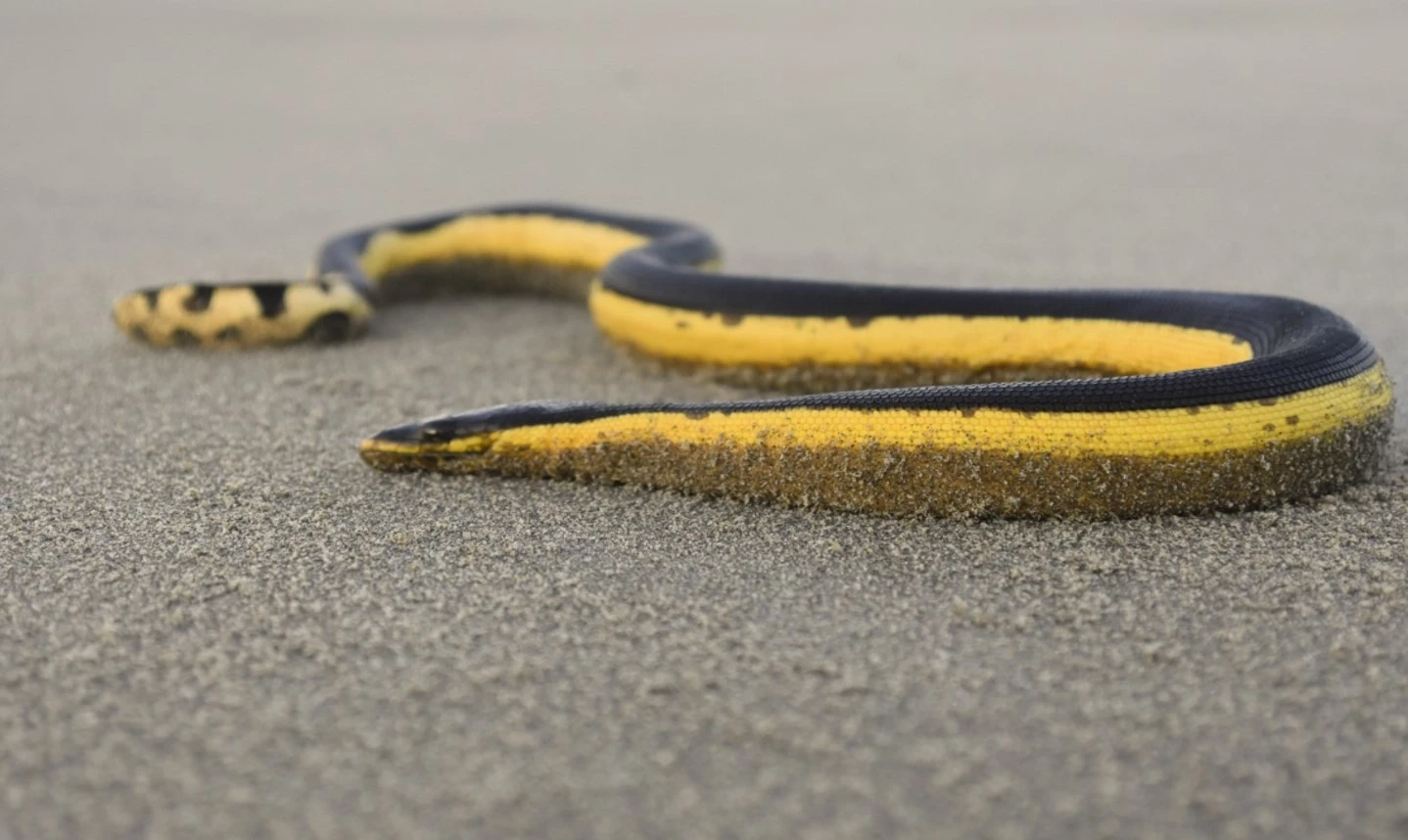
Snakes with two hearts face numerous cardiovascular complications that severely impact their chances of survival. The most immediate challenge involves synchronization – the two hearts rarely beat in harmony, creating turbulent blood flow and circulatory inefficiency throughout the body. This asynchronous pumping often leads to blood pooling in certain areas while other regions receive insufficient circulation. Vital organs such as the brain, liver, and kidneys may receive inadequate blood supply, leading to tissue damage and organ failure. Furthermore, the overall circulation pattern becomes chaotic, with blood pressure fluctuations that can damage delicate blood vessels and cause internal hemorrhaging. These cardiovascular complications typically manifest early in development, often preventing the snake from even hatching or emerging from its egg.
Associated Developmental Anomalies
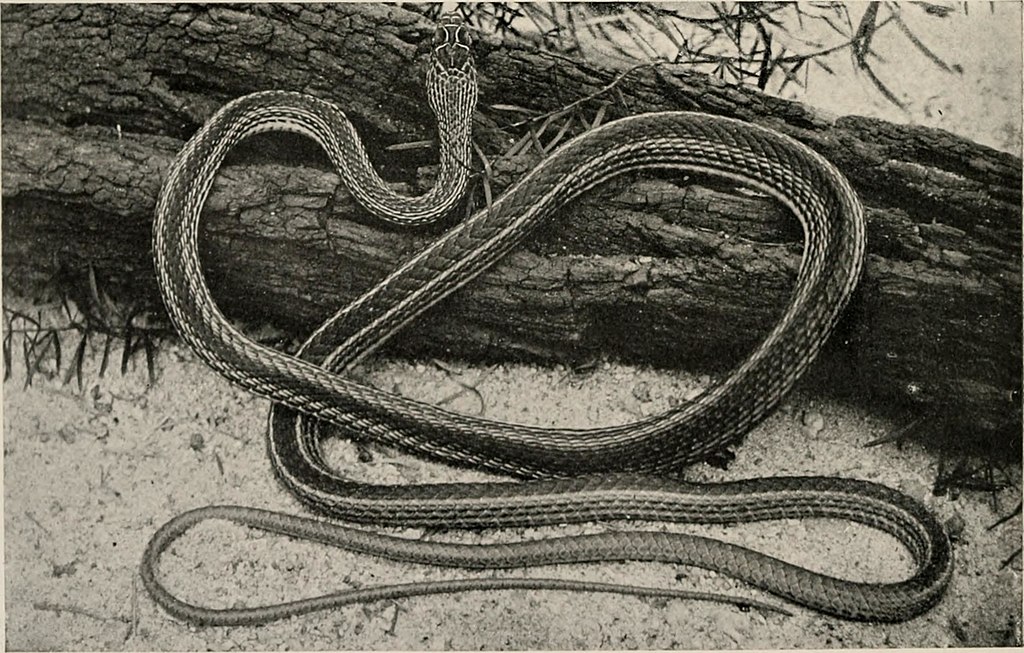
Snakes born with two hearts frequently exhibit additional developmental abnormalities that further compromise their viability. Many show malformations of the spine, digestive tract, or respiratory system that accompany the cardiovascular anomalies. Some specimens display partial twinning or duplication of other organs, suggesting that the developmental error affects multiple body systems rather than just the heart. Neurological development may also be impaired, affecting the snake’s ability to coordinate basic functions necessary for survival such as breathing, feeding, and movement. One particularly common associated condition is abnormal blood vessel development, with vessels forming improper connections or missing crucial pathways needed for proper circulation. These compounding issues create a cascade of developmental problems that ultimately prove insurmountable for the affected snake.
Detection and Diagnosis
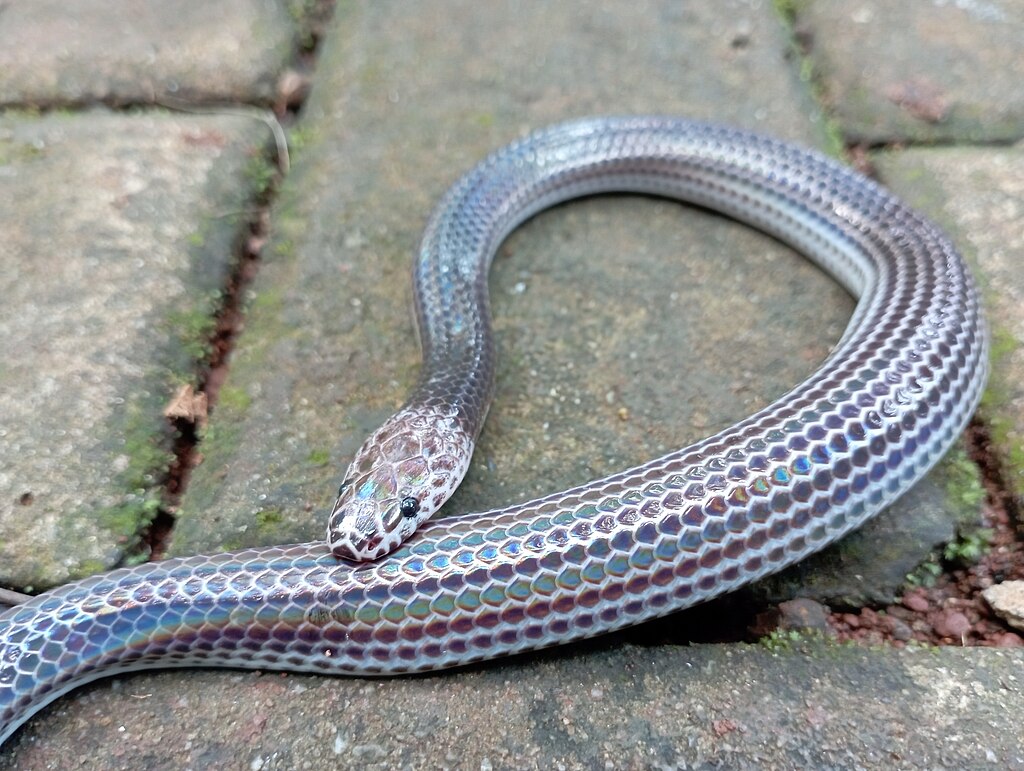
Identifying snakes with two hearts presents significant challenges, as most affected embryos never reach full development or hatching. When specimens are discovered, they typically come to light during scientific research, detailed necropsies of stillborn snakes, or occasionally when veterinarians examine struggling neonates with advanced imaging techniques. Modern diagnostic methods such as high-resolution ultrasound, CT scans, and MRI have made it possible to detect these anomalies in living specimens without invasive procedures. These imaging technologies allow researchers to observe not just the presence of dual hearts but also their functionality and the associated vascular patterns. In breeding facilities and zoos with advanced veterinary care, unusual heart sounds or circulation patterns might prompt further investigation, potentially leading to the diagnosis of this rare condition.
Genetic Factors and Inheritance Patterns
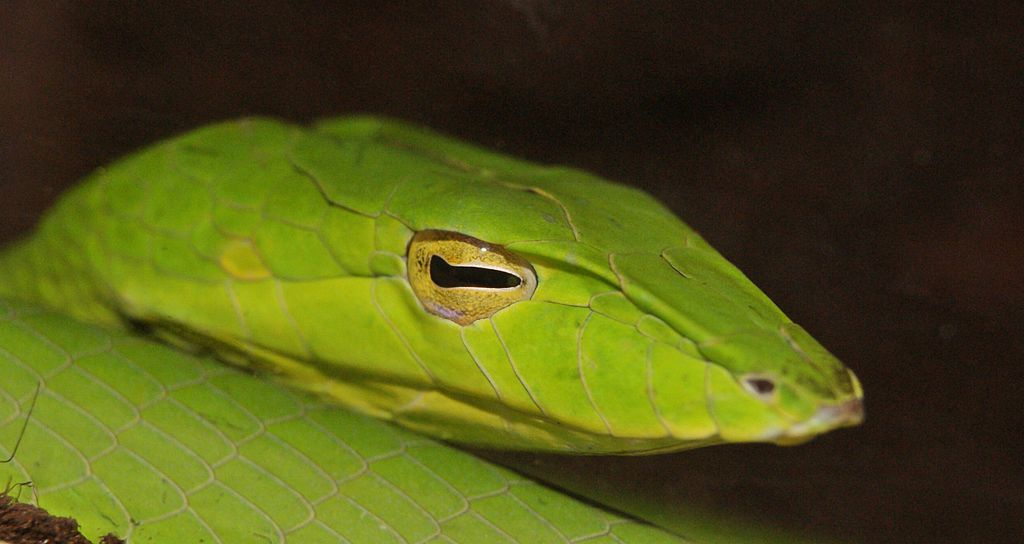
The genetic underpinnings of dual heart development in snakes remain poorly understood, though researchers believe both genetic and environmental factors play roles in these rare occurrences. Unlike some well-documented genetic anomalies that follow clear inheritance patterns, dual hearts likely result from complex interactions between multiple genetic factors and developmental conditions. There is currently no evidence suggesting that the tendency to develop two hearts follows simple Mendelian inheritance patterns or is linked to specific identified genes. Research in developmental biology suggests that mutations affecting early cardiac development, particularly in genes like GATA4, NKX2.5, or TBX5 that regulate heart formation, might contribute to these abnormalities. Some researchers theorize that these cases might represent very early stages of incomplete twinning, where the embryo begins to develop as twins but the process halts after heart development has initiated.
Environmental Influences on Embryonic Development

Environmental factors play a significant role in reptile development, potentially contributing to the occurrence of dual-hearted snakes. Temperature fluctuations during incubation are particularly impactful for reptiles, as they can disrupt normal developmental timing and cellular differentiation. Exposure to toxins, pesticides, or pollutants can interfere with the molecular signals guiding embryonic development, potentially leading to anomalies like dual hearts. Incubation humidity levels, which affect gas exchange and metabolic processes within the egg, might also influence the likelihood of developmental abnormalities. In captive breeding situations, improper incubation conditions or handling of eggs can create stresses that manifest as developmental abnormalities. Research suggests that these environmental factors may not independently cause dual hearts but might interact with genetic predispositions to increase the likelihood of developmental errors.
Documented Cases and Scientific Research

Scientific literature contains only a handful of well-documented cases of snakes with two hearts, making each discovery valuable for research. One notable case involved a ball python (Python regius) embryo discovered during a breeding facility’s routine examination of unhatched eggs, where researchers used micro-CT scanning to confirm the presence of two fully formed hearts. Another significant case documented in herpetological journals involved a corn snake (Pantherophis guttatus) neonate that survived for three days post-hatching before succumbing to complications related to its dual cardiovascular system. These rare specimens typically find their way to university research collections or museum specimens, where they contribute to our understanding of developmental biology. Research on these anomalies extends beyond herpetology into the broader fields of comparative cardiology and developmental biology, offering insights into heart formation across vertebrate species.
Implications for Evolutionary Biology
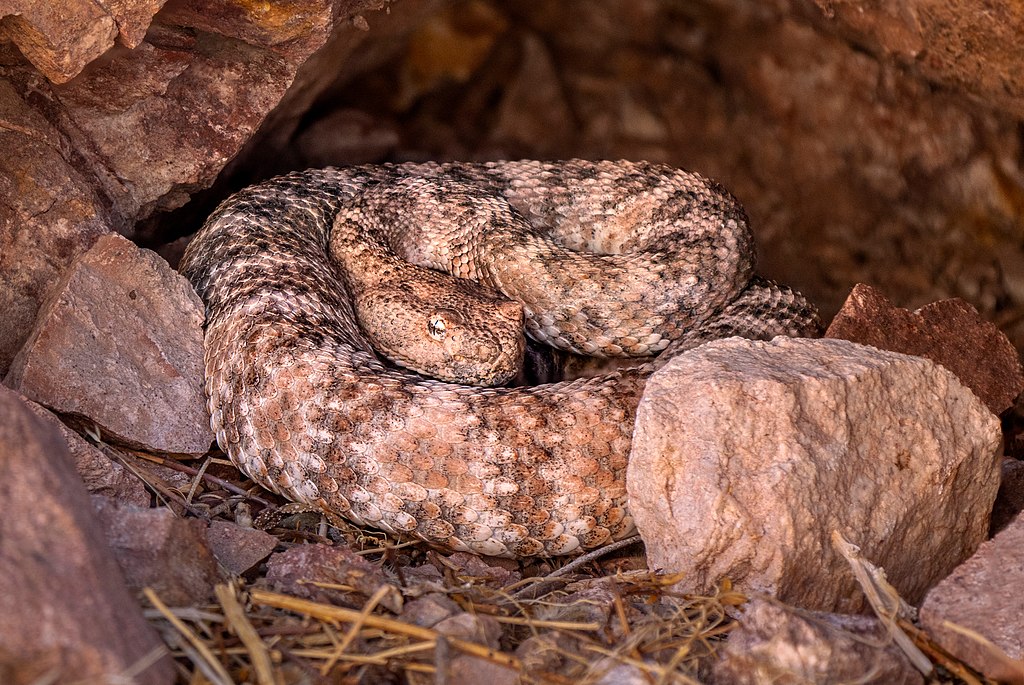
While dual-hearted snakes represent developmental anomalies rather than evolutionary adaptations, they offer fascinating insights into evolutionary developmental biology. These rare cases provide glimpses into the constraints and possibilities of vertebrate development, highlighting both the remarkable precision of normal development and the consequences when it goes awry. Evolutionary biologists note that such developmental anomalies demonstrate why certain pathways have been conserved through natural selection – the failure of alternatives underscores the efficiency of existing designs. Some researchers suggest that studying these developmental “experiments of nature” helps illustrate why certain body plans persist while others never evolve, despite their theoretical possibility. The fact that no snake species has evolved multiple hearts, despite the theoretical advantages of enhanced circulation for their elongated bodies, speaks to the evolutionary optimization of the single-heart design for their physiological needs.
Conservation and Ethical Considerations
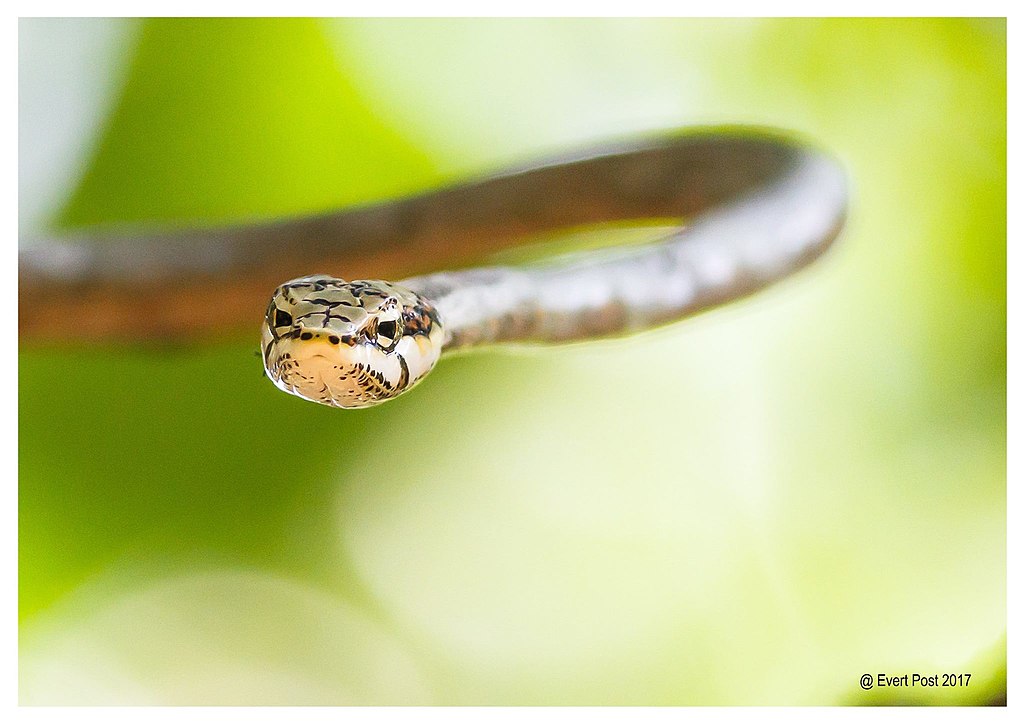
The discovery of snakes with developmental anomalies like dual hearts raises important ethical and conservation considerations for researchers and breeders. While these specimens provide valuable scientific insights, their study must be conducted with appropriate ethical oversight and consideration for animal welfare. In breeding facilities, the occurrence of such anomalies might signal environmental or genetic issues that warrant investigation to improve overall breeding success and animal welfare. Conservation biologists monitor the frequency of developmental abnormalities in wild populations, as unusual rates might indicate environmental stressors or contaminants affecting a habitat. For endangered species, understanding the factors that might lead to developmental failures becomes particularly important for successful conservation breeding programs. Ethical protocols typically dictate that specimens discovered with such anomalies receive humane care, even when their long-term survival is unlikely.
Conclusion: Nature’s Developmental Boundaries
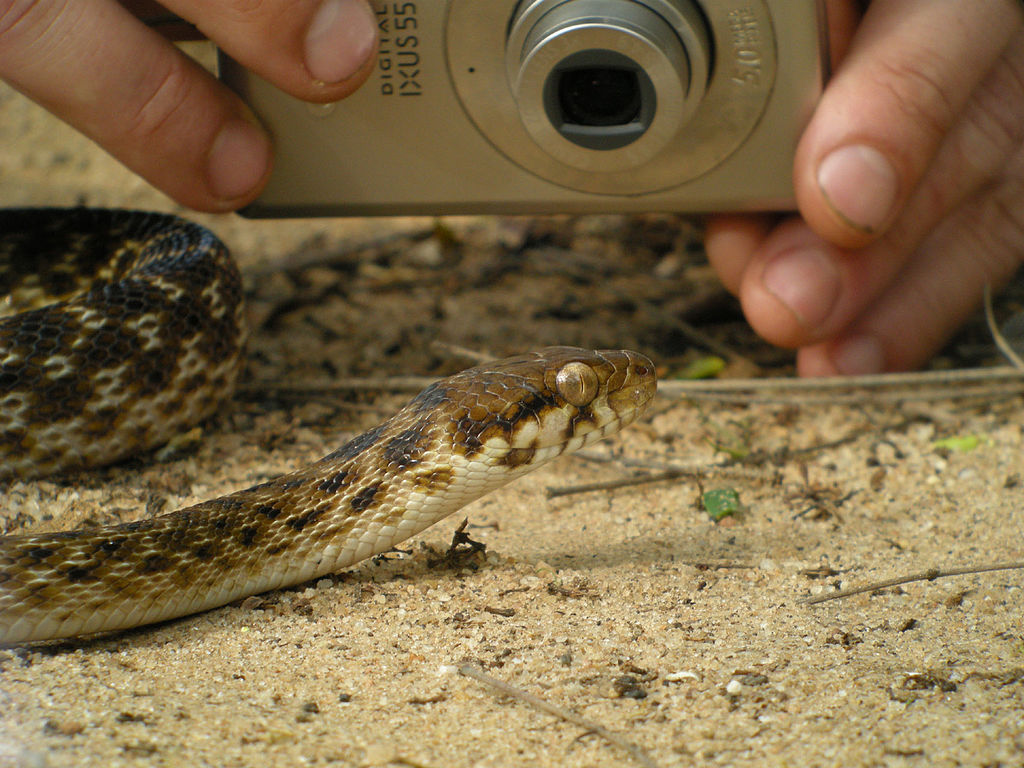
Two-hearted snakes represent a fascinating biological phenomenon that illuminates the boundaries of viable development in the natural world. Through these rare cases, we gain deeper understanding of the precise orchestration required for successful embryonic development and the consequences when these processes deviate from their normal course. While having two hearts might seem advantageous in theory, the reality reveals the exquisite optimization of evolved body plans – disruptions to these time-tested designs typically result in non-viable outcomes. As research techniques advance, each new case discovered provides valuable data for developmental biologists, veterinarians, and evolutionary scientists alike. These unusual specimens, though unable to survive their own developmental anomalies, contribute significantly to our scientific knowledge and appreciation for the remarkable precision of normal development. In the complex balance of nature, these rare aberrations underscore how finely-tuned successful development must be – a testament to the power and constraints of evolutionary processes.





